Hermaphrodite Cannabis: Is It Good or Bad?
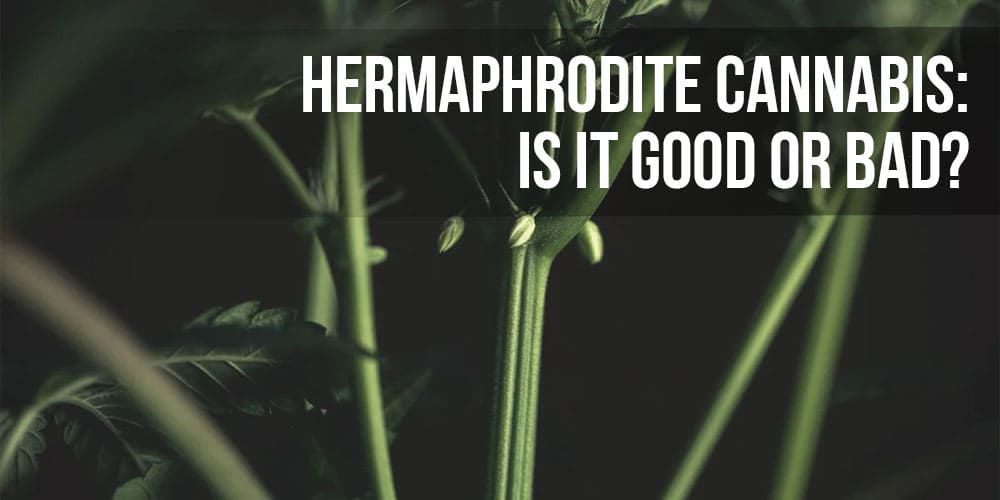
Cannabis cultivation has evolved significantly over the decades, with sophisticated breeding techniques and genetic advancements shaping the industry. Among the myriad phenomena associated with cannabis growth, the occurrence of hermaphrodite cannabis plants stands out as a particularly contentious issue. Understanding the nature of hermaphrodite cannabis, its implications for growers, and its impact on the industry, requires a deep dive into the botanical, genetic, and economic dimensions of cannabis cultivation.
- Unlock the Secrets of Fast Flowering Cannabis
- Indica vs Sativa: Differences, benefits and effects
- How Are New Weed Strains Created? A Process Explained
Understanding Hermaphrodite Cannabis
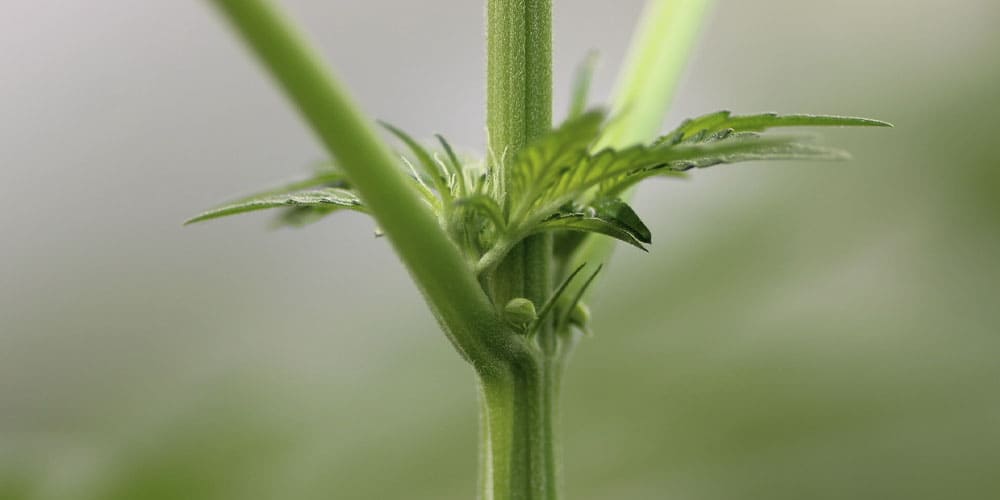
Hermaphrodite cannabis plants feature both male and female reproductive structures, setting them apart in the world of cannabis where plants are typically dioecious—distinctly male or female. The female plants are particularly valued for their cannabinoid-rich flowers, whereas male plants are largely utilized for pollination purposes. Hermaphroditism can emerge either due to genetic predispositions or as a response to environmental stress.
Environmental factors such as light cycle disruptions, temperature swings, or physical damage can cause a normally female plant to produce male flowers. This is often a survival mechanism, triggered when the plant senses adverse conditions that might threaten its ability to propagate. Consequently, it attempts to self-pollinate and ensure its genetics carry on to a next generation.
The genetic aspect of hermaphroditism, while less common, is crucial for breeders to understand. Certain strains or less stabilized hybrids are more prone to developing hermaphroditic traits. Understanding these genetic lines helps growers anticipate and mitigate risks associated with hermaphrodite plants in their cultivation environments.
Savor the sweet, comforting embrace of Marshmallow OG 2 Original Mini Joints, each meticulously crafted to deliver a tranquil and uplifting experience. An indica-dominant hybrid known for its creamy, marshmallow-like aroma and soothing effects.
The Impact on Cannabis Cultivation
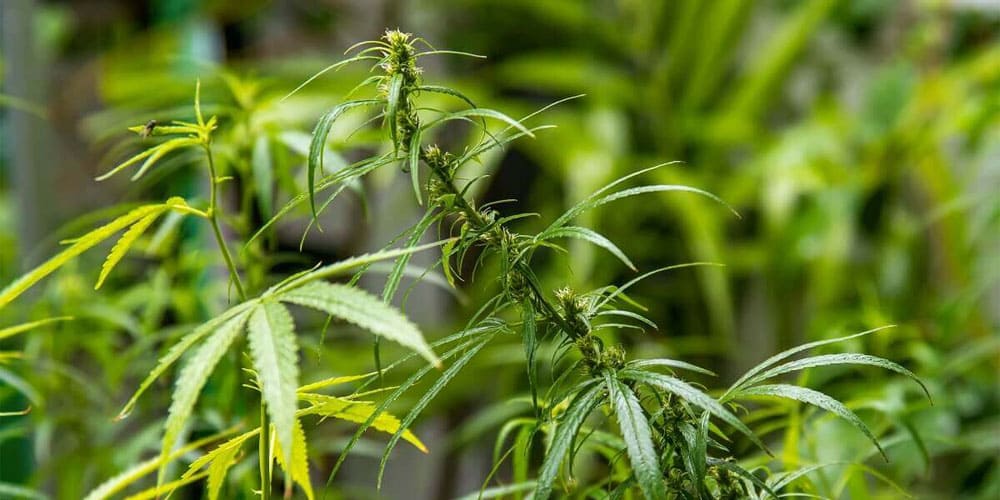
Hermaphrodite cannabis plants can significantly disrupt a cultivation operation, particularly one aimed at producing high-quality, seedless cannabis, known as sinsemilla. The unintentional introduction of male flowers can lead to the pollination of female plants, resulting in seeded flowers that are less valuable both commercially and therapeutically. This reduces the overall yield quality and can affect the grower’s reputation.
However, the impact of hermaphrodite cannabis isn’t solely negative. When controlled, the pollen from hermaphroditic flowers can be valuable for breeding programs. This pollen, carrying both male and female traits from a typically female-dominated lineage, can introduce new, desirable genetic qualities into future strains, aiding in the development of robust and resilient cannabis varieties.
The dual nature of hermaphroditic plants presents a unique set of challenges and opportunities. While they require rigorous management to prevent unwanted pollination, these plants can also contribute to genetic diversity and innovation within the cannabis breeding community, provided their traits are harnessed thoughtfully and strategically.
Challenges for Growers
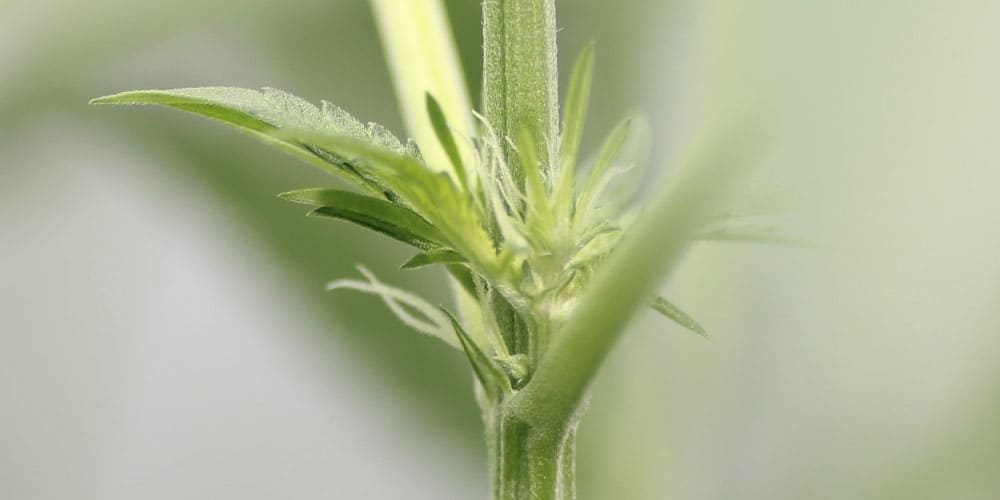
Identifying hermaphrodite cannabis early in the growth cycle is essential for maintaining crop integrity. Vigilant monitoring for male flowers among female plants must be a continuous process throughout the growing season. This can be labor-intensive and requires a deep understanding of plant physiology and environmental impacts on cannabis sex expression.
For indoor operations, control over environmental factors is critical in minimizing the risk of stress-induced hermaphroditism. Precision in climate control, lighting schedules, and even nutrient management can help stabilize plant development. Despite these efforts, the occasional emergence of hermaphroditic traits can still occur, necessitating quick and decisive action to isolate and remove affected plants.
Outdoor cultivators face even greater challenges due to their limited control over natural environmental conditions. Here, selecting genetically stable strains and implementing robust monitoring systems becomes even more crucial. The unpredictability of outdoor growing conditions means growers must be especially adaptable and prepared for rapid response to protect their crops.
Explore the deep, savory complexity of GMO 1g APE Live Resin Disposable Vape, a potent Indica-dominant strain known for its unique and pungent flavor profile.
Genetic Solutions and Breeding
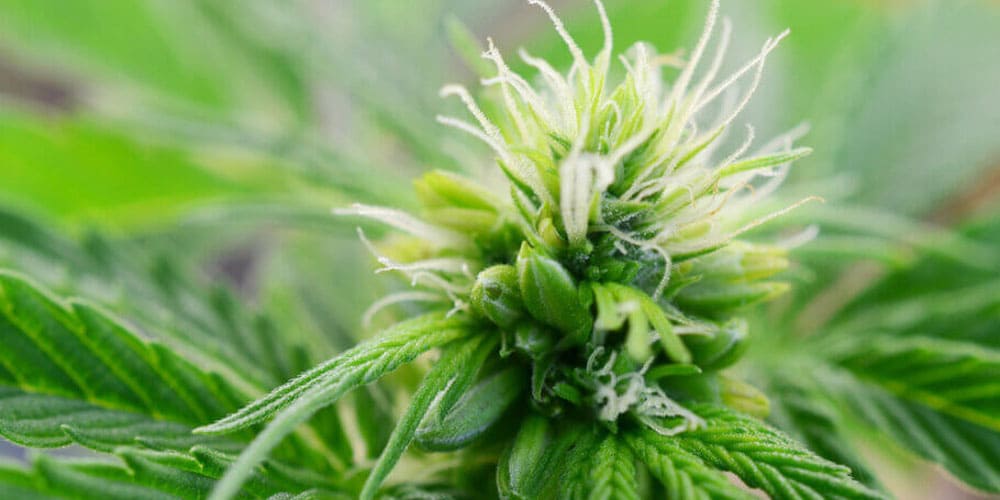
The advancements in genetic modification and breeding technologies offer promising solutions to the challenges posed by hermaphroditism. Breeders are increasingly turning to feminized seeds, which are specifically treated to eliminate male chromosomes, thereby reducing the chances of hermaphroditic development under stress. This approach has revolutionized cannabis cultivation by ensuring predominantly female crops.
Emerging technologies such as CRISPR gene editing are being explored to further stabilize cannabis genetics. By directly modifying the DNA of cannabis plants, scientists aim to eliminate the genetic triggers of hermaphroditism. This could not only stabilize crop production but also enhance desirable traits like cannabinoid concentration, pest resistance, and yield.
In the breeding sphere, the controlled use of hermaphroditic pollen is also being fine-tuned. By carefully selecting which plants are allowed to contribute pollen, breeders can intentionally introduce or reinforce traits within a controlled genetic pool. This selective breeding is critical for the development of new, high-quality cannabis strains that meet specific consumer needs.
Market Implications
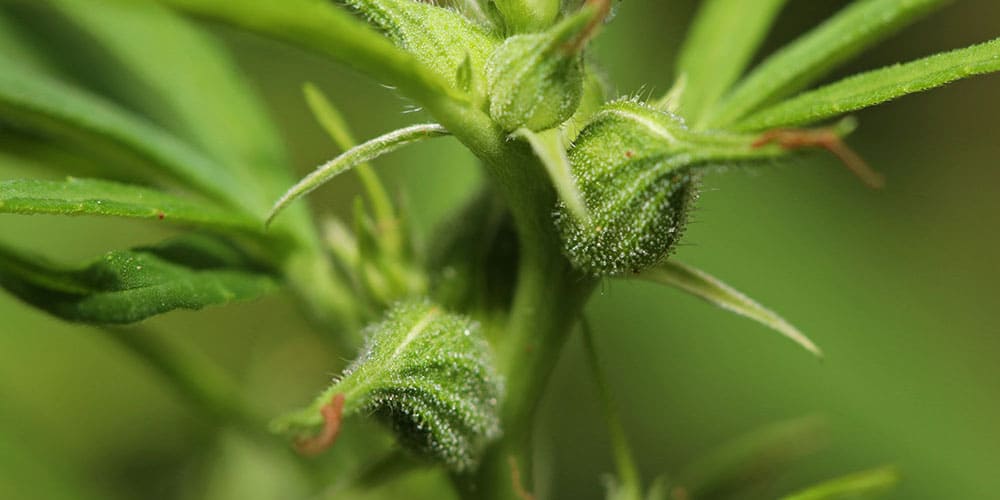
The presence of hermaphrodite cannabis can significantly impact the market dynamics of the cannabis industry. High-quality, seedless buds are preferred by consumers for their potency and aesthetic appeal, and the accidental pollination from hermaphrodite plants can compromise these qualities. This not only affects the market value of the product but also the reliability and perception of the grower in the marketplace.
From a regulatory standpoint, the management of hermaphroditism is also a compliance issue. Many legal frameworks require meticulous documentation and management of cannabis crops. Failure to control hermaphrodite plants effectively can lead to breaches in compliance, potentially resulting in fines or loss of license for commercial growers.
Despite these challenges, the evolving market also views the genetic diversity offered by hermaphrodites as a potential boon. As consumer demand for varied and specialized cannabis products grows, the ability to harness hermaphroditic traits could become a valuable asset, driving innovation and differentiation in an increasingly competitive market.
Unleash your creativity with Tiger Runtz 2 Mini Joint Infused, each expertly rolled to deliver a burst of euphoric energy and artistic inspiration. Tiger Runtz, known for its captivating sweet and fruity flavors, offers a tantalizing combination that stimulates the senses and enhances your mood.
Harnessing the Potential of Hermaphrodite Cannabis
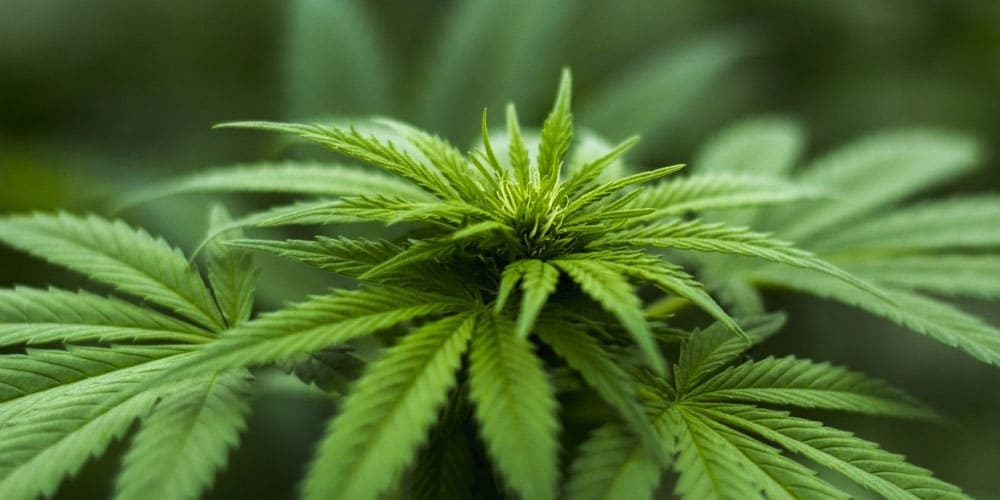
As the cannabis industry progresses, the role of hermaphrodite cannabis continues to be a topic of both concern and opportunity. Effective management and strategic utilization of hermaphroditic traits can lead to breakthroughs in cannabis breeding, offering new varieties that cater to specific therapeutic and recreational needs. This requires a balance of scientific rigor, careful cultivation practices, and innovative breeding strategies.
The potential for genetic research and development to mitigate the challenges posed by hermaphroditism is immense. With continued advancements in genetic editing and a deepening understanding of cannabis genetics, growers might soon have at their disposal more sophisticated tools to control or even eliminate hermaphroditic traits, leading to more stable and predictable cultivation outcomes.
Navigating the future of cannabis cultivation with hermaphrodite plants will hinge on the industry’s ability to not only address the immediate challenges they present but also to explore the potential they hold. By transforming these challenges into opportunities, the cannabis industry can continue to innovate and evolve, ensuring it meets both the current and future needs of its diverse consumer base.















